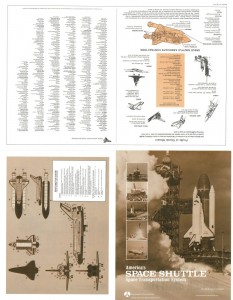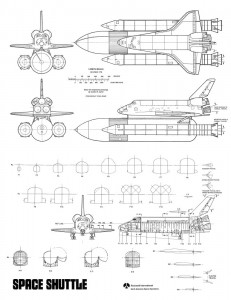A giant descendant of the White Knight/SpaceShip 2 system seems to be under development. Paul Allen and Burt Rutan are behind “Stratolaunch Systems,” which would develop the worlds largest aircraft to carry a derivative of the SpaceX Falcon 9 launcher.
http://stratolaunch.com/
Carrier Aircraft
The carrier aircraft, built by Scaled Composites, weighs more than 1.2 million pounds and has a wingspan of 385 feet – greater than the length of a football field. Using six 747 engines, the carrier aircraft will be the largest aircraft ever constructed. The air-launch system requires a takeoff and landing runway that is, at minimum, 12,000 feet long. The carrier aircraft can fly over 1,300 nautical miles to reach an optimal launch point.
Multi-Stage Booster
SpaceX’s multi-stage booster is derived from the company’s Falcon 9 rocket. At approximately 120 feet long, the booster is designed to loft the payload into low earth orbit. After release of the booster from the aircraft at approximately 30,000 feet, the first stage engines ignite and the spacecraft begins its journey into space. After the first stage burn and a short coast period, the second stage ignites and the orbital payload proceeds to its planned mission.
The carrier aircraft is a twin-body design to be built – or at least designed – by Scaled Composites. The design is very much a Scaled Composites design, though rather slab-sided compared to usual Scaled designs. Payload would be on the order of a half-million pounds, and propulsion would be provided by six “747 engines.” The Falcon 9 rocket would be given a Pegasus-like delta wing, located very far aft. Payload delivered to LEO is 13,500 pounds, and could include the manned Dragon space capsule.
[youtube 8XvkXweoJKs]
Some images:



It’s unclear as yet what the actual status of the program is… whether it’s in the conceptual design stage, advanced design or maybe even construction (unlikely, that).










